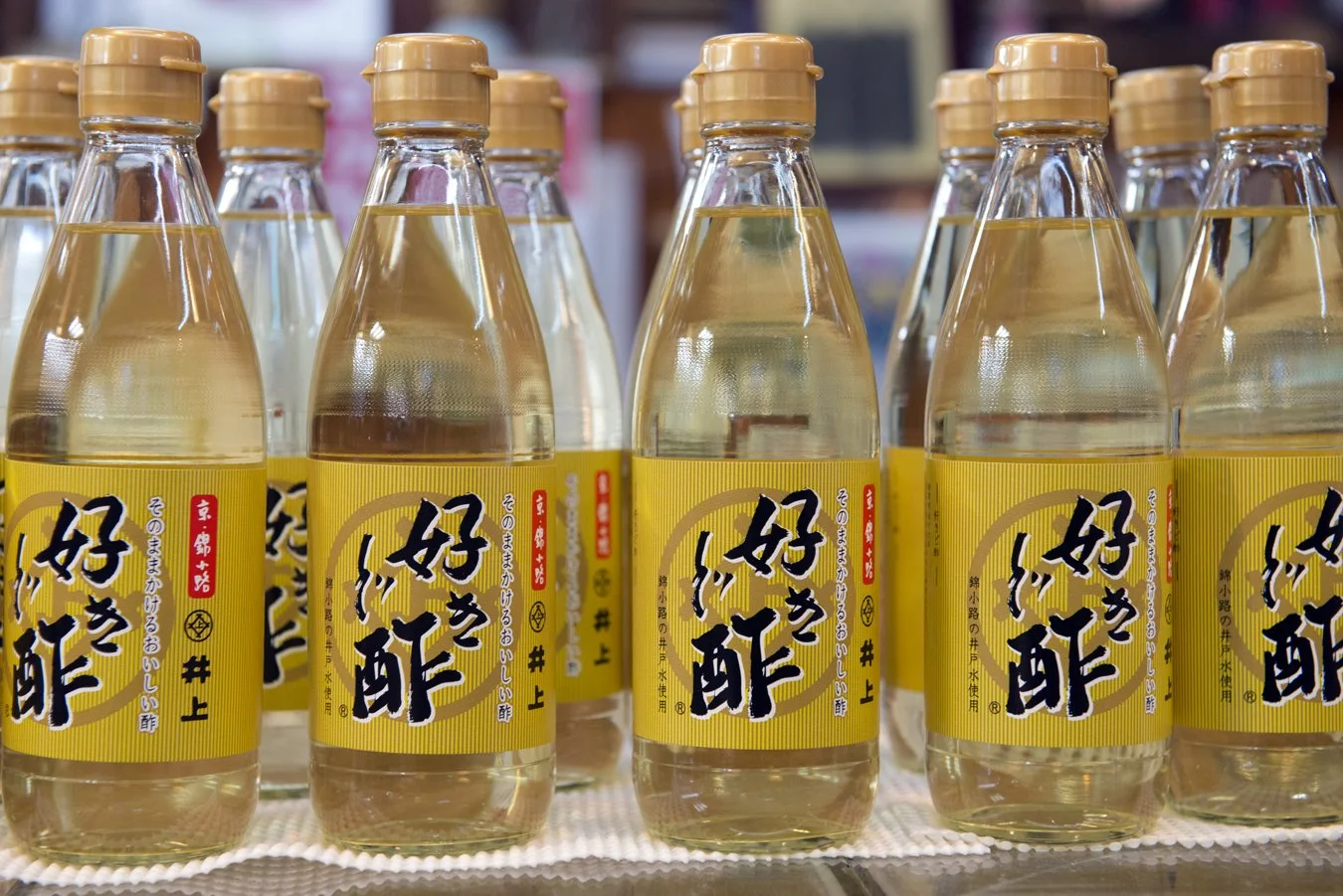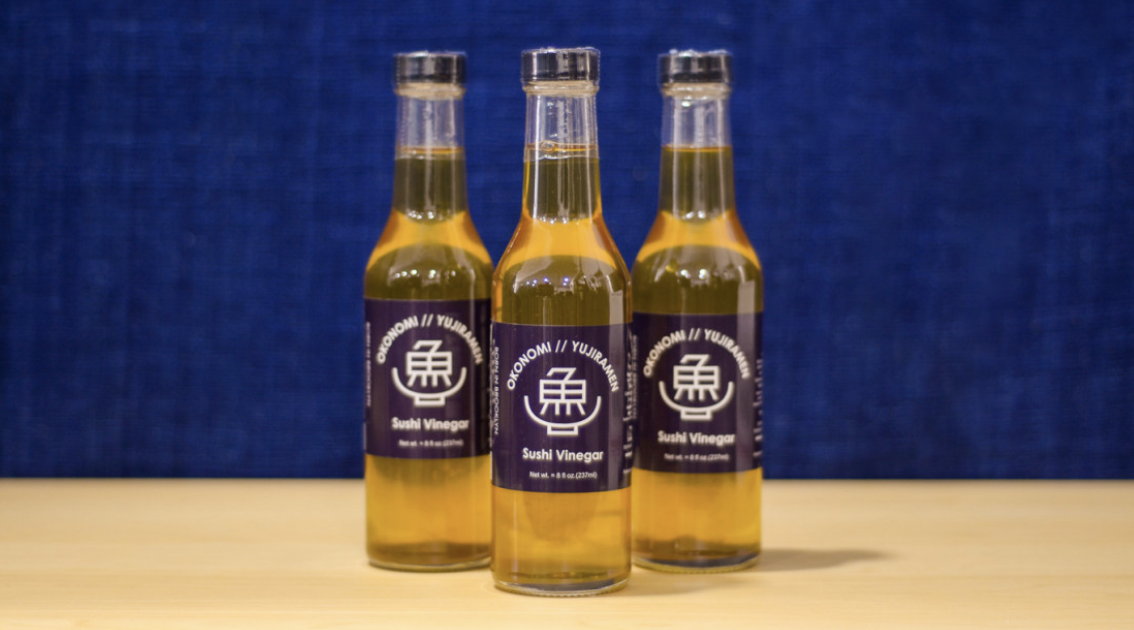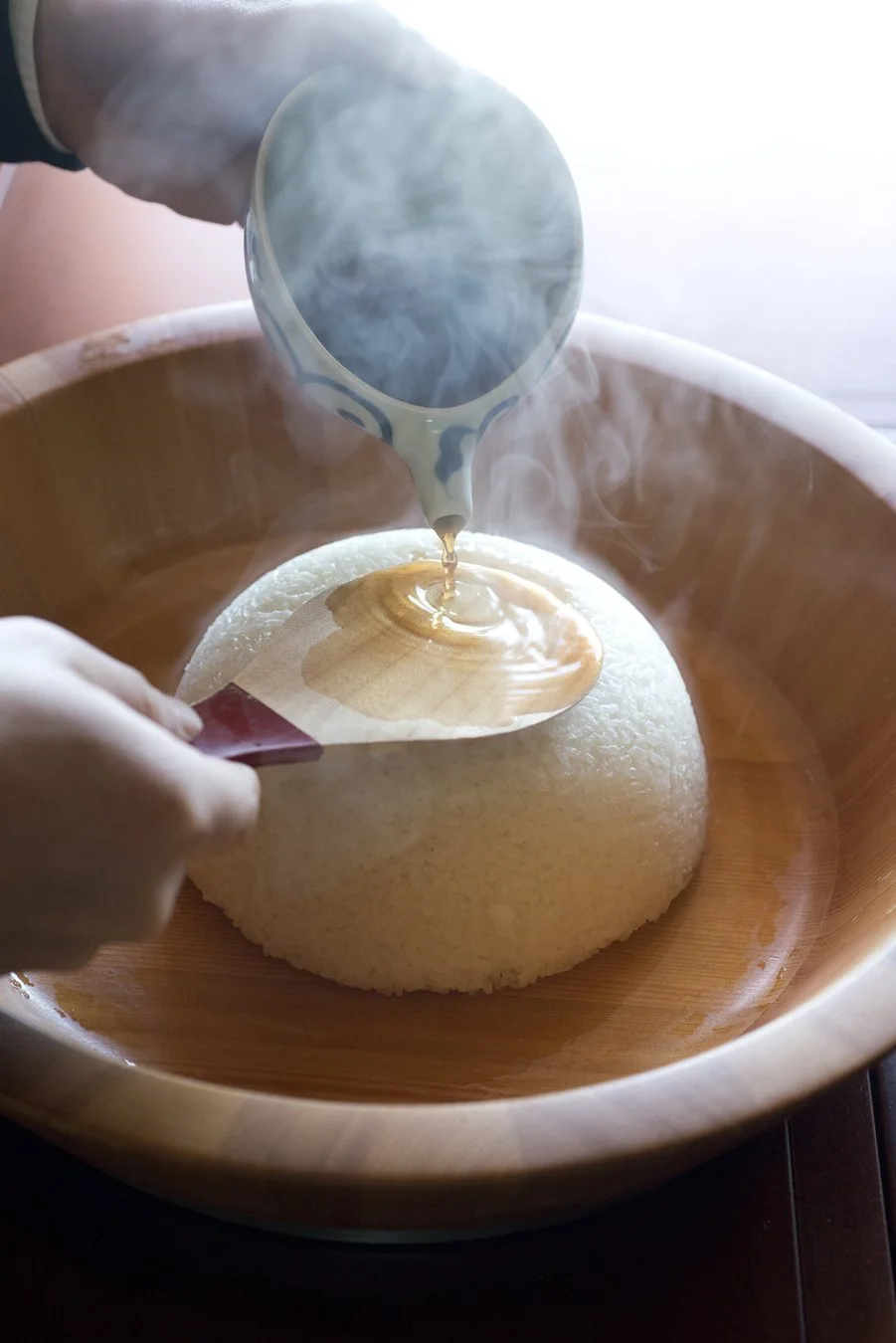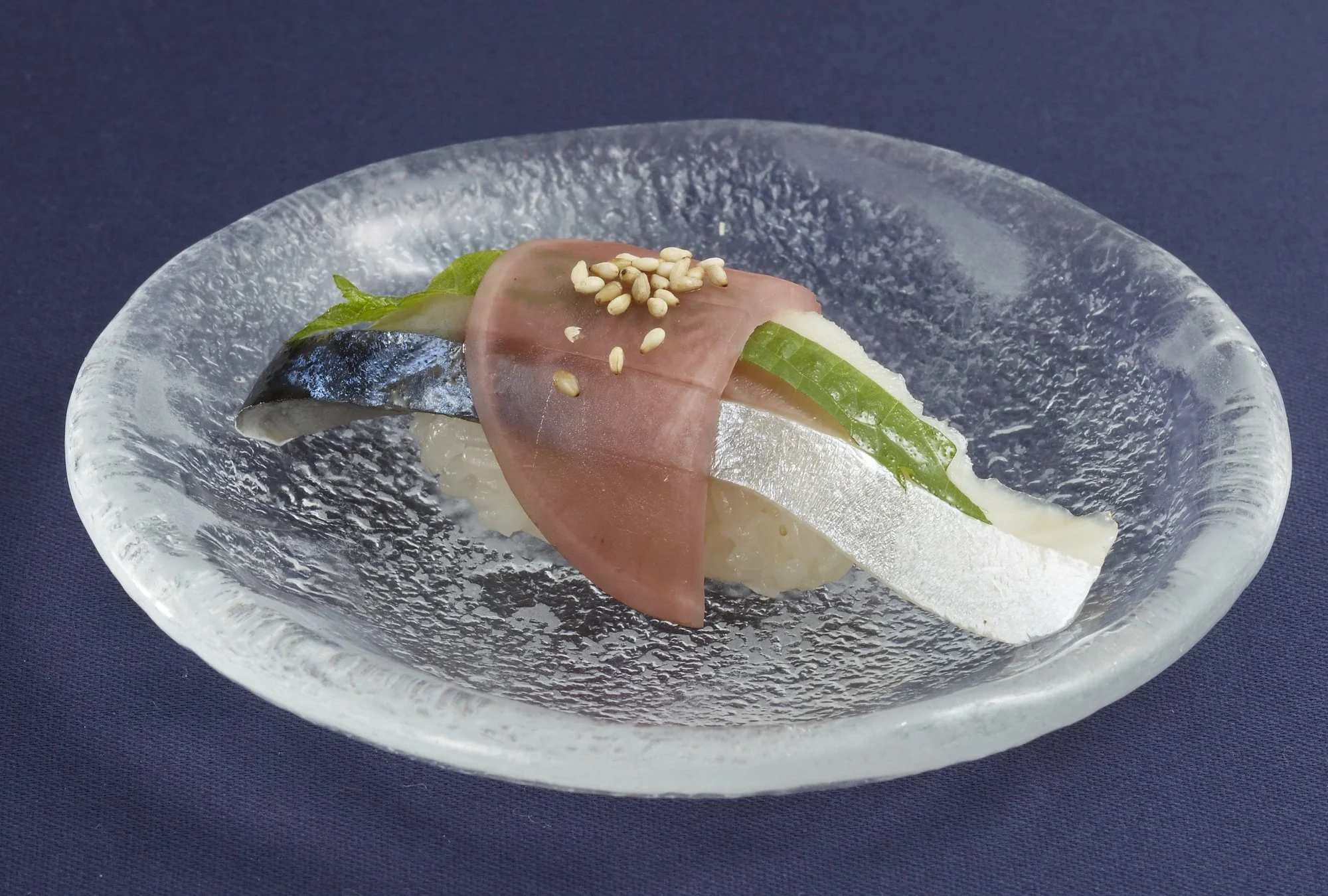“Su” Good: Japanese Rice Vinegar
In Japan there’s a word that’s assigned to a class of craftsman — one that’s highly skilled and respected and focuses on a single subject: shokunin. Vinegar makers are amongst these artisans. When I traveled to Japan for my book ACID TRIP almost a decade ago, I had a list of rice vinegar makers that took me to Tokyo, Kyoto, and Kyushu, in search of the best “su” (酢, vinegar in Japanese). Since then, I’ve learned about several more masters, but more so, how important komesu (Japanese rice vinegar) is to Japanese cuisine.
The first true vinegar master I met was Mitsuyasu Uchibori in Tokyo. He single-handedly established a culture of drinking vinegars in Japan, his family has made Uchibori rice vinegar for generations in Gifu since 1876, and he’s proliferated his Oak’s Heart shops across Takashimaya department store depachika (basement level food markets) across Japan. A self-proclaimed “su-mmelier,” Uchibori has been trying to elevate rice vinegar’s status past a seasoning for sushi rice.
In Japanese cooking, rice vinegar is usually accompanied by other ingredients as part of a more complex mixture for balance, becoming a backbone; it rarely stands alone. Even for straight up sushi rice, chefs blend together different styles of rice vinegar for an even more composed flavor profile — this combination is called a shari. Yuji Haraguchi of Brooklyn’s Okonomi and the East Village’s Osakana uses Saika Ginjyo’s akazu (a red vinegar that’s made from moromi, the fermentation mash of sake, a style that’s existed since the 17th century Edo period) not only to broaden rice vinegar’s palate, but also expand American’s understanding of what rice vinegars are, and can do. (Celebrity chef Nobuyuki Matsuhisa of Nobu restaurants has been using Tokyo’s own Yokoi Vinegar Brewing’s akasu for decades!) Haraguchi is bottling his own “sushi vinegar”, which is a proprietary blend of rice vinegars that also includes sugar and salt. “It adds umami and aroma,” says Harguchi, “even when pickling vegetables!”.
Most rice vinegar in Japan, if tasted on its own, would be a bit milder than white wine vinegar in flavor, but still quite acidic. This is why, in Japan, it’s often softened with shoyu (soy sauce), mirin (sweet rice wine), dashi (stock made of kombu seaweed), or a combination thereof, as a versatile sauce called nanbansu. (In Japanese, you can tell a sauce involves vinegar by its -su, or sometimes -zu, suffix). Nanbasu is used as a marinade, dipping sauce, or dressing.
While we might think of rice vinegar as this sort of basic one note thing, Japan has a whole culture of diverse komesu to explore. Kyoto, the former capital of Japan, has been a hub for ice vinegar makers for hundreds of years. There’s Murayama Zosu’s famous Chidori-su; chidori are the plover birds lining the nearby Kamo river, and drunk businessmen hopping their way home were referred to as having “chidori leg.” Saito Zosu and Hayashi Kotaro Zosu also have shops in town too, both within walking distance for river banks. While Kyotoites have their pick of vinegar, households often stay loyal to the brand their families have used for generations, as vinegar makers have passed the businesses on through generations as well.
Though a newer brand, relative to the rest, Iio Jozo is a standalone brewery about three hours north of Kyoto in Miyazu, started by Akihiro Iio’s great grandfather Chozo in 1983. Their legacy brand, Fujisu, is the complete cycle — the Iio’s grow their own rice, to brew their own sake, in order to make their own vinegar. You’ll have to read more about my time there in the Japan chapter of ACID TRIP … That said, The Japanese Pantry imports these premium vinegars, so you too can enjoy the most holistic rice vinegar I’ve ever encountered.
In the US, the rice vinegar production is monopolized and manufactured by big Japanese brands: Mizkan, Kikkoman and Marukan — the latter is partially made in the US; California since 1974, and a second factory in Georgia opened in 2017. An uptick in Japanese ingredients being used more prominently across global cuisines, has only stoked more interest in foreign markets for Japanese rice vinegar makers, while most rice vinegar is still produced in mainland Japan, but it’s less about where it comes, than how you use it.
Shime Saba Akakabu
I talked to Mr. Yaginuma, part of the management team of New York City’s stalwart, Sushi of Gari, serving the Upper East Side since 1997. He told me that Chef Tomono uses rice vinegar not only for sushi rice, but, as many sushi chefs traditionally do, to clean and preserve fish as well (not all sashimi is “fresh”, fyi). “We mix komesu and akasu — akasu is milder [in acidity] but has a stronger taste — more umami than rice vinegar,” says Yaginuma-san. For shrimp, they prepare a diluted vinegar and water solution that they dip the seafood in, whereas mackerel sits in a stronger vinegar to water ratio marinade for one hour. “Shime saba,” says Yaginuma, “is for shiny fish, like kohada (shad) — the length of the vinegar [bath] depends on the size [of the fish] and how fatty it is,” plus, it provides the necessary flavor profile to balance out the inherent taste of the fish. Tinier fish like sayori (halfbeak), are more subtle, and are only touched by vinegar for a matter of seconds.
Kohada Rakkyo
At Sushi of Gari, you can enjoy vinegar across salads slicked with daikon dressings, ginger dressings, in ponzu (citrus, soy sauce and rice vinegar) and tosazu (rice vinegar, soy sauce, mirin, and dashi) dipping sauces across appetizers and entrees. And while rice vinegar is used and often accentuated across the menu, its emphasis is all about using it with skill and respect, just like a shokunin.






